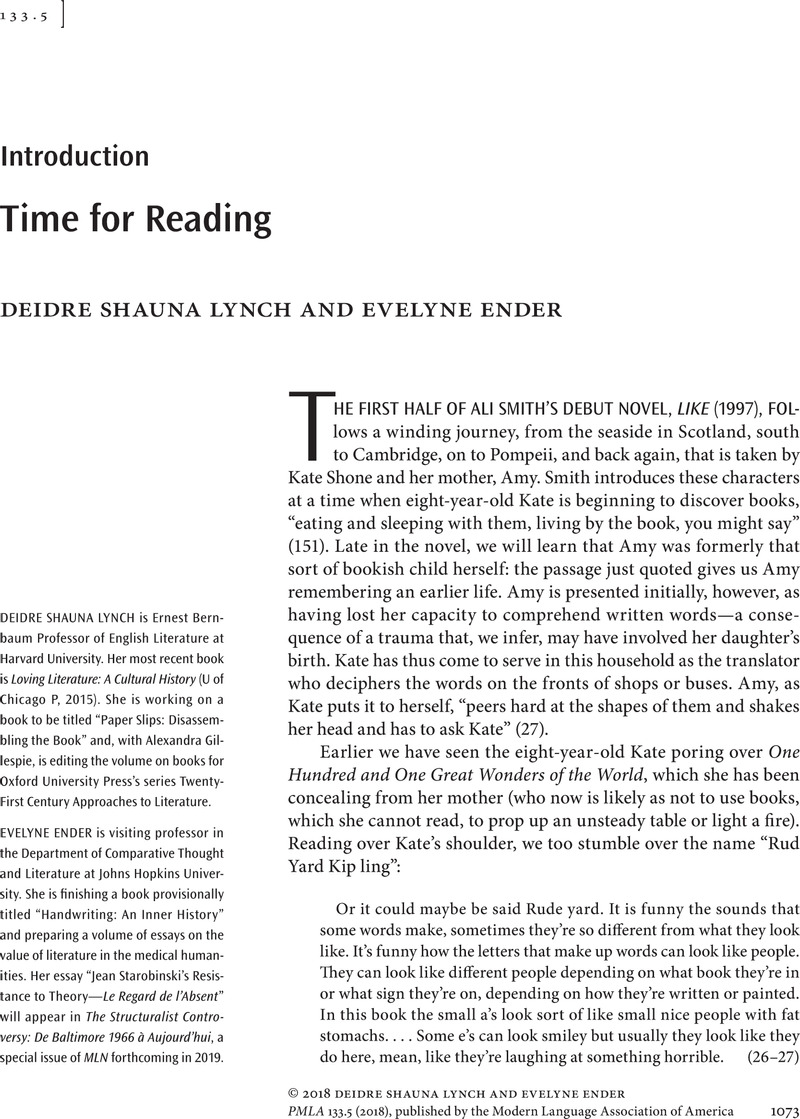Crossref Citations
This article has been cited by the following publications. This list is generated based on data provided by Crossref.
Gruner, Elisabeth Rose
2019.
Constructing the Adolescent Reader in Contemporary Young Adult Fiction.
p.
1.
Galey, Alan
2019.
Reading McLuhan Reading Ulysses.
Canadian Journal of Communication,
Vol. 44,
Issue. 4,
p.
503.



